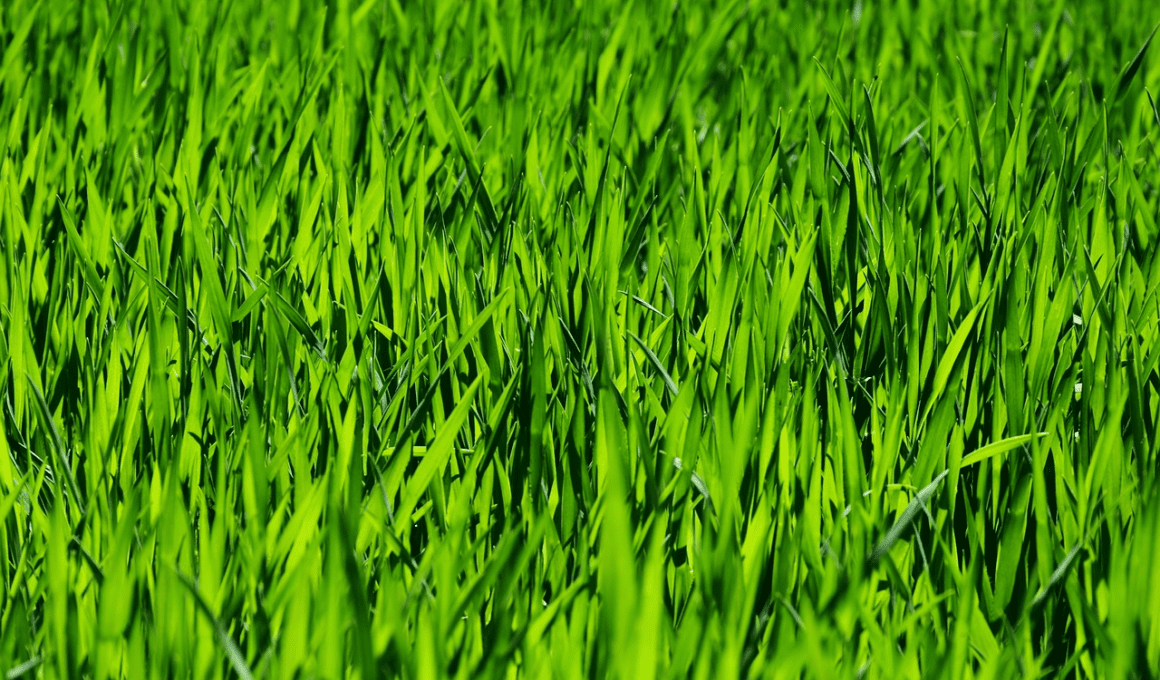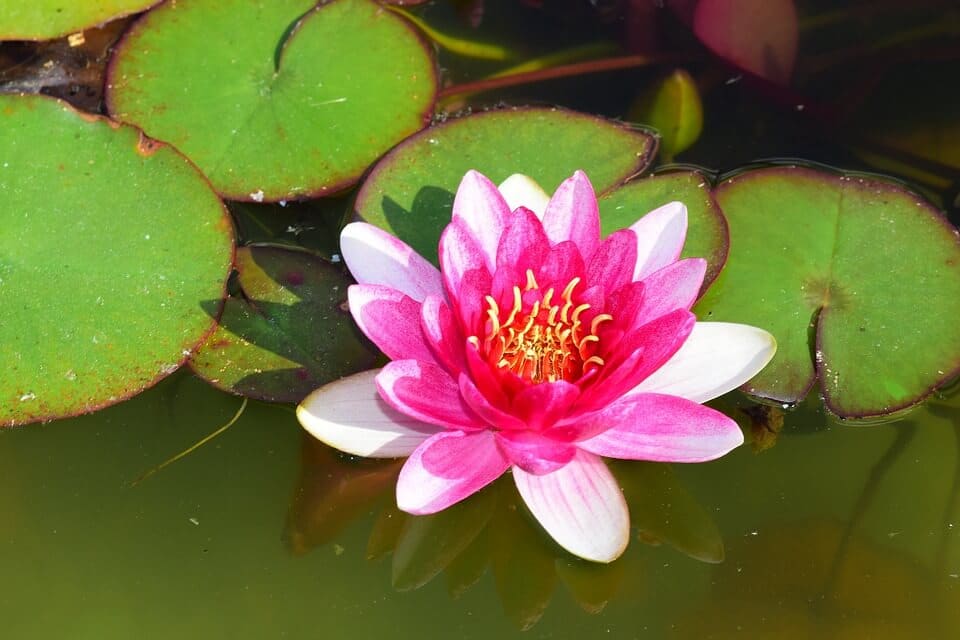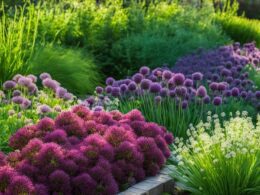Are you tired of looking at your dull, patchy lawn? If so, you may be considering hydroseeding or sod as a quick fix. Both options promise a lush, green lawn, but which is best for you? Let’s explore the differences between hydroseeding and sod to help you make an informed decision.
First, let’s define hydroseeding and sod. Hydroseeding is a process where a mixture of grass seed, fertilizer, and mulch is sprayed onto the ground. Sod, on the other hand, is mature grass that has already been grown and harvested. It is then rolled out like a carpet onto your lawn.
While both options will give you a beautiful lawn, they differ in cost, installation, and maintenance. By understanding the pros and cons of each, you can make an informed decision that meets both your budget and your lawn care needs.
Quick Takeaways
- Sod creates a denser lawn with no bare or thin spots, but requires a yard free of existing weeds or grass and a level ground.
- Hydroseeding is a cheaper grass seeding option using a seed spray mix that requires consistent watering and needs to lay over bare dirt free of grass and weeds.
- Hydroseeding is a happy medium between sod and traditional lawn seeding methods, can be customized, and is approximately 1/3 or less the cost of sod.
- Both methods require soil preparation to ensure quick germination and healthy root development.
Is Sod More Durable and Longer Lasting Than Hydroseeding for Lawns?
When it comes to assessing sod durability on a pallet versus hydroseeding for lawns, it is important to consider the long-term aspects. While hydroseeding offers a cost-effective and efficient way to establish a lawn, sod can provide a more immediate and durable solution. With sod, you can enjoy an instant green lawn that is ready to withstand foot traffic and erosion, making it a longer-lasting option for many homeowners.
What is Sod?
You may be wondering, "What exactly is sod?" Sod is pre-grown grass that’s available in flat or rolled sections. It creates a dense and uniform lawn without any bare spots. Sod installation is the quickest way to have a usable lawn, but it requires a yard free of existing weeds or grass and a level ground. However, it’s more expensive to buy and install than other grass seeding options.
Once you’ve installed your sod, it’s important to take good care of it. Sod care tips include watering it immediately after installation and then daily for the first week. After that, you can water it less frequently but for longer periods of time to encourage deep root growth. It’s also important to avoid walking on the lawn for the first two weeks to give it time to establish roots.
With proper care, your sod lawn will be lush and green in no time!
What is Hydroseed?
If you’re looking for a cheaper and less labor-intensive grass seeding option that prevents wind and water erosion, consider using hydroseed. Hydroseed is a seed spray mix that lays over bare dirt free of grass and weeds. It’s a great option for those who want to have a lush lawn without breaking the bank.
Hydroseeding is approximately 1/3 or less the cost of sod and can be customized to fit your needs. The benefits of hydroseeding are that it has better germination and growth rates over standard seeding, and it requires less water than sod.
Unlike sod, hydroseed is the happy medium between sod and traditional lawn seeding methods. It’s less expensive than sod, requires less labor, and can be done by professional contractors who own special trucks and equipment for the job. So, if you’re looking to save money and have a beautiful lawn, consider hydroseeding as your go-to option.
Pros and Cons of Each
Looking at the pros and cons of each option can help you make an informed decision about which method to use for your lawn. Here are some things to consider when comparing hydroseeding and sod:
-
Cost comparison: Hydroseeding is generally less expensive than sod, making it a great option for those on a budget. However, keep in mind that sod is a more immediate solution and may require less maintenance in the long run.
-
Maintenance requirements: Hydroseed requires consistent watering (up to four times a day), while sod needs lots of water in the beginning but can eventually be watered less frequently. Sod is also more labor-intensive initially, whereas hydroseeding is less labor-intensive and can be done by professional contractors who own special equipment for the job.
-
Overall, both options have their pros and cons, and the decision ultimately comes down to personal preference and specific lawn needs. Consider your budget, maintenance abilities, and desired timeframe for a lush lawn.
Frequently Asked Questions
How long does it take for hydroseed to turn into a lush lawn?
You’ll see a lush lawn in 3-4 weeks with hydroseed. Germination time varies based on seed type, soil preparation, and watering frequency. Regular watering up to 4 times a day is essential for optimal growth.
Can sod be laid on sloped terrain?
Yes, Sod can be laid on slopes, but ground preparation is crucial to avoid erosion or unevenness. Make sure to level and grade the surface, add soil amendments, and install erosion control measures before laying the sod.
Is it possible to mix sod and hydroseed methods for a lawn?
Yes, you can combine sod and hydroseed methods for your lawn. It’s a cost-effective choice when you want to cover large areas with sod and smaller areas with hydroseed. This combination can save you money and give you a lush lawn.
What is the maintenance required for a sod lawn after it is installed?
After sod is installed, it’s important to water it immediately and regularly to establish the roots. The first two weeks require consistent watering twice a day, then gradually decrease to once a day or as needed.
Are there any environmental benefits to choosing hydroseeding over sod?
Choosing hydroseeding over sod can be more eco-friendly and cost-effective. The seed spray mix creates a barrier against erosion, and the process is approximately 1/3 the cost of sod. It’s a great option for those who seek a lush lawn without breaking the bank or harming the environment.









